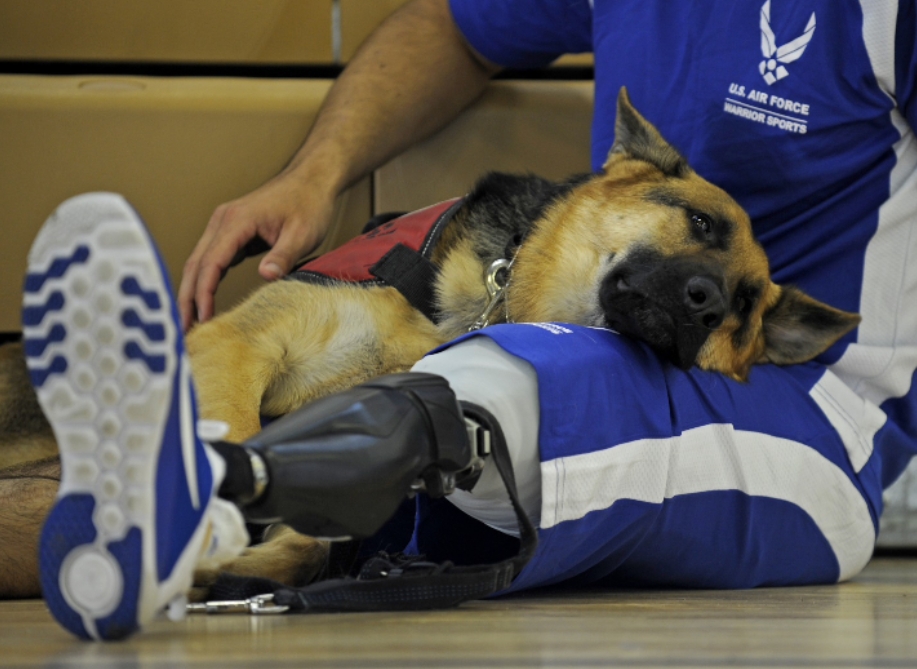When it comes to caring for male dogs, particularly those dealing with incontinence or marking issues, belly bands for male dogs can be an incredibly helpful tool. These simple yet effective accessories wrap around a dog’s midsection, covering his private area to prevent unwanted accidents inside the house or while out in public spaces. In this post, we’ll explore what belly bands are, how they work, when they’re useful, and some tips on choosing the right one for your dog.
For more guidance on choosing the right products for dogs, check out the Dog Life Info blog, a trusted source of information on everything you need for your furry friend.
What Are Belly Bands for Male Dogs?
Belly bands are essentially wrap-around bands made of soft, absorbent material that fit snugly around a male dog’s belly, securing with a velcro or snap closure. They contain an absorbent layer on the inside, which traps any moisture from urine and keeps it from leaking onto furniture, floors, or car seats. Belly bands are designed specifically for male dogs since they target the dog’s urinary area, which is positioned closer to the belly. They come in various sizes and designs, allowing pet parents to choose a fit that best suits their dog’s needs.
When Should You Use a Belly Band?
Belly bands can be helpful in various scenarios. Here are some of the most common situations where they can make a positive difference:
- Incontinence in Senior Dogs
As dogs age, they can experience issues like weakened bladder control, making incontinence a common problem among older dogs. Belly bands provide an easy solution by containing accidents and saving you from frequent clean-ups. Many pet parents find that belly bands improve their senior dog’s quality of life while giving them peace of mind. - Marking Behavior
Some male dogs instinctively mark their territory by urinating on furniture, walls, or other objects inside the house. This behavior is particularly common in unneutered males, although neutered dogs can exhibit marking as well. A belly band discourages this behavior by catching any urine before it reaches surfaces in your home. - House Training
Belly bands can serve as a useful aid when house-training puppies or newly adopted dogs who haven’t yet learned appropriate bathroom habits. By using a belly band during the training phase, you can minimize accidents and gently guide your dog to develop better bathroom habits. - Travel and Public Outings
Belly bands are also helpful when traveling or visiting public places where marking or accidents might be an issue. They offer reassurance when staying at a friend’s house, visiting a pet-friendly store, or taking a road trip. Many pet owners find that having a belly band on hand allows them to bring their dog along on outings without worrying about unexpected accidents. - Post-Surgery Care
In some cases, dogs recovering from surgery might experience temporary incontinence or limited mobility. Belly bands can make things easier for both you and your dog during recovery, ensuring he stays comfortable and clean.
How to Choose the Right Belly Band
Selecting the right belly band for your dog is crucial for comfort and effectiveness. Here are some factors to consider:
- Size
Measure your dog’s waist accurately to ensure the band fits snugly without being too tight. Most brands offer sizing guides based on waist measurements, but always double-check your dog’s dimensions to avoid any discomfort or issues with the fit. - Material
Choose a belly band made from soft, absorbent materials that won’t irritate your dog’s skin. Many belly bands are designed with a waterproof outer layer and an absorbent inner layer, which helps keep moisture from leaking out. Breathable materials are also essential, especially for dogs that will wear the band for extended periods. - Absorbency Level
The level of absorbency you need depends on your dog’s specific needs. For instance, dogs with mild marking behavior might require less absorbency, while dogs with incontinence issues might need a belly band with more absorbent padding. Some belly bands even have pockets where you can add additional liners for extra protection. - Closure Style
Velcro is the most common closure style, as it’s easy to adjust and secure. Make sure the velcro is durable enough to withstand regular use, as weak velcro may not hold the band in place. Some bands use snap buttons or other closures, so choose one that is comfortable and stays secure on your dog. - Washability
Since belly bands need to be cleaned after each use, it’s best to choose one that is machine-washable. Look for bands that retain their shape and absorbency even after multiple washes, as this will help you get the most value for your money.
Tips for Using Belly Bands Effectively
To make sure belly bands work well for you and your dog, here are a few tips to keep in mind:
- Start with Short Periods
If your dog is new to wearing a belly band, start by putting it on him for short periods. Gradually increase the time as he gets used to it, giving him treats and praise for wearing it calmly. - Check Regularly
Change the belly band frequently, especially if your dog has urinated in it. Letting it stay damp can lead to discomfort and skin irritation. Having a few extra bands on hand allows you to rotate them as needed. - Avoid Using for Extended Periods
Belly bands are a temporary solution and shouldn’t be worn for prolonged periods. Give your dog breaks from the band to let his skin breathe, particularly if he’ll be wearing it multiple times a day. - Use Training Alongside Belly Bands
Belly bands can be an excellent training aid, but they should be paired with consistent bathroom training or behavior correction techniques, especially if your dog is prone to marking. Encourage your dog to go outside and reward him for urinating outdoors to reinforce positive behavior.
Are Belly Bands Comfortable for Dogs?
When sized and fitted correctly, belly bands are typically comfortable for dogs. The right fit ensures that the band doesn’t slide off or feel too tight around the belly, which could cause discomfort. Quality belly bands made with soft materials are also designed to minimize friction and irritation, allowing dogs to move and rest comfortably. Always observe your dog’s behavior when he’s wearing a belly band; if he seems irritated or tries to remove it, adjust the fit or consider a different size or material.
Conclusion
Belly bands for male dogs are a practical and effective solution for managing incontinence, marking, and house-training challenges. Whether you have an older dog experiencing age-related issues or a young dog still learning good habits, a belly band can make life easier and cleaner. With the right size, absorbency level, and comfort, belly bands offer peace of mind for pet owners while keeping your home clean and odor-free.
If you’d like more information on managing pet behavior, training, or finding the best products for your dog, visit the Dog Life Info blog. It’s a fantastic resource for dog owners looking to provide the best care for their four-legged family members.

